Steve Hackett - Till We Have Faces (1994)
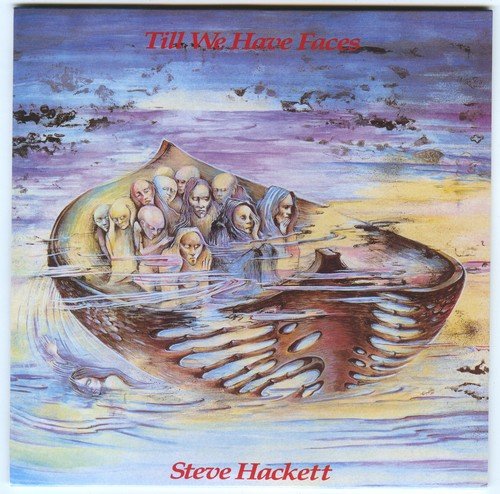
Artist: Steve Hackett
Title: Till We Have Faces
Year Of Release: 1984 (1994)
Label: WHD Entertainment
Genre: Progressive Rock, Art Rock
Quality: FLAC (image+.cue,log,scans)
Total Time: 52:08
Total Size: 653 Mb
WebSite: Album Preview
Tracklist: Title: Till We Have Faces
Year Of Release: 1984 (1994)
Label: WHD Entertainment
Genre: Progressive Rock, Art Rock
Quality: FLAC (image+.cue,log,scans)
Total Time: 52:08
Total Size: 653 Mb
WebSite: Album Preview
01 - What's My Name
02 - The Rio Connection
03 - Matilda Smith-Williams Home For The Aged
04 - Let Me Count The Ways
05 - A Doll That's Made In Japan
06 - Duel
07 - Myopia
08 - Taking The Easy Way Out
09 - The Gulf
10 - Stadiums Of The Damned
11 - When You Wish Upon A Star
Though you will see Till We Have Faces often mentioned as the first rock album to draw from world music influences, that's not quite true. Santana, John McLaughlin, Os Mutantes, the Police, Jade Warrior, and others were doing it long before. That said, the album was done before Paul Simon ushered it in as a trend with Graceland. Recorded in Rio de Janeiro and mixed in London, it's a step away from the progressive rock he'd become recognized for and is a mostly successful venture. A couterie of Latin percussionists flesh out the almost all Brazilian band that graces the album, adding layers of complex rhythms. These rhythms are the core of the album and make such songs as "A Doll That's Made in Japan" and "What's My Name" more exotic and interesting; they creatively juxtapose Oriental and South American styles. The re-released version (besides re-arranging the song order) is also remixed, with the most noticeable difference being in "Matilda Smith-Williams Home for the Aged," which has new parts added in and overdubbed in places. In some ways this song is the centerpiece of the album, incorporating Hackett's signature melodic guitar work and an extended jam by the percussionists. This version also contains two songs not on the original album, "The Gulf" and "Stadiums of the Damned." The first fits in well with the other songs, the second doesn't quite make it, being a bit too glossy and synthesizer heavy. Similarly, the bluesy "Let Me Count the Ways" contains some of his most expressive guitar work, but is a little out of place among the other tracks. All in all, though, it's an album with inventive songs and skilled playing and is worth seeking out.
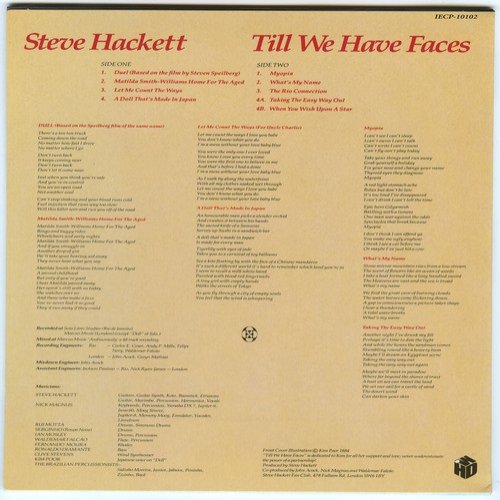
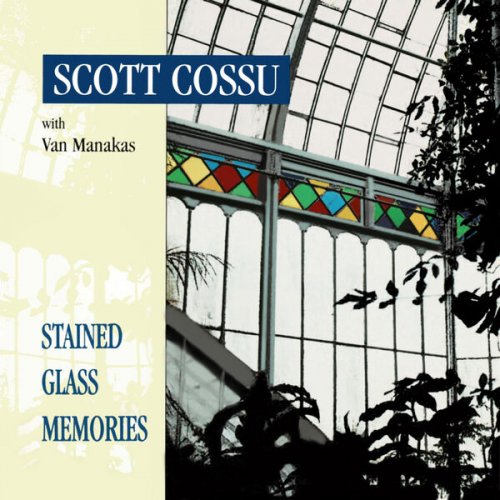
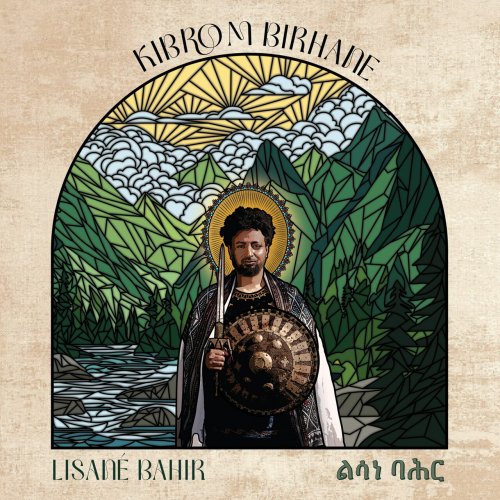
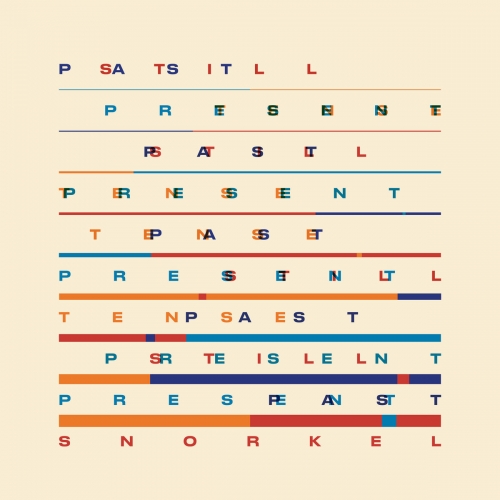
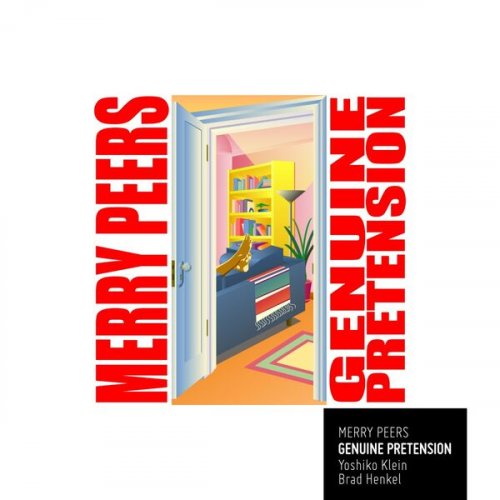
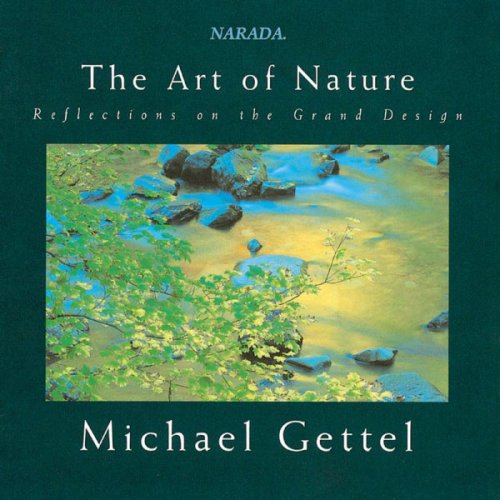
![Tomasz Stańko - Zamek mgieł (Polish Radio Sessions vol. 3/6) (2025) [Hi-Res] Tomasz Stańko - Zamek mgieł (Polish Radio Sessions vol. 3/6) (2025) [Hi-Res]](https://www.dibpic.com/uploads/posts/2025-12/1765795906_cover.jpg)
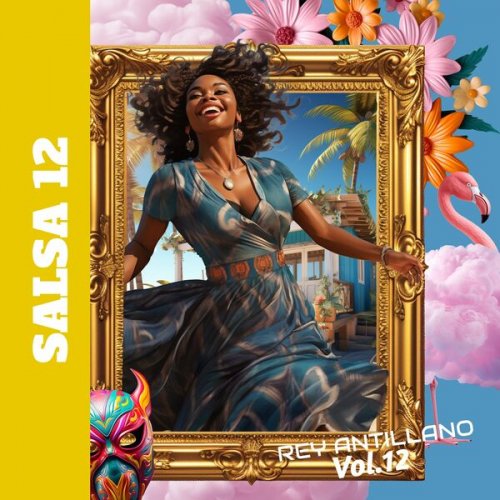
![Koldo Munné & 1520's Ensemble - Live at Jamboree Live Music (2025) [Hi-Res] Koldo Munné & 1520's Ensemble - Live at Jamboree Live Music (2025) [Hi-Res]](https://www.dibpic.com/uploads/posts/2025-12/1765846749_ck2b0xbsb8jna_600.jpg)
![Betty Carter - The Music Never Stops (2019) [Hi-Res] Betty Carter - The Music Never Stops (2019) [Hi-Res]](https://www.dibpic.com/uploads/posts/2025-12/1765896843_bcmn500.jpg)